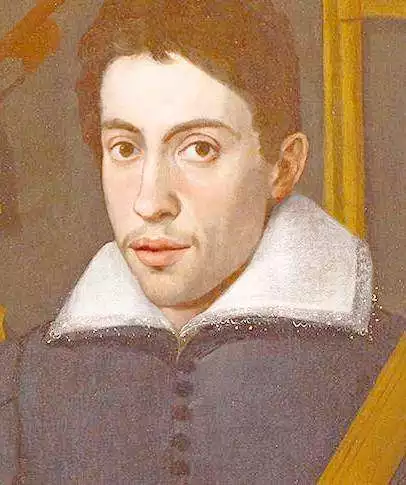
Ludovico Zacconi, born in 1550 and passing away in 1623, emerged as a pivotal figure in the realm of music theory during the late Renaissance period. His contributions, particularly in the field of counterpoint and musical analysis, have left an indelible mark on the landscape of Western music. Zacconi’s works, including his famed treatise “Prattica di Musica,” stand as testaments to his profound understanding of the complexities of musical composition and theory, offering invaluable insights for both his contemporaries and future generations of musicians and theorists.
Early Life and Musical Beginnings
Ludovico Zacconi’s journey into the world of music began in Italy, the cradle of the Renaissance, where he was born in 1550. His early years were marked by a deep immersion in the rich cultural and musical traditions of Italy, setting the stage for his future endeavors in music theory. Zacconi showed an early propensity for music, quickly mastering various instruments and delving into the intricacies of composition.
Zacconi’s talent did not go unnoticed, and he soon found himself under the tutelage of prominent musicians of the time. This period was crucial in shaping his musical perspectives and honing his skills, laying the foundation for his later theoretical explorations. His exposure to the diverse musical styles and practices of the Renaissance era played a pivotal role in developing his comprehensive understanding of music.
During these formative years, Zacconi not only refined his practical skills but also began to develop a keen interest in the theoretical aspects of music. This interest would later crystallize into a lifelong pursuit, propelling him to the forefront of musical theory. Zacconi’s early experiences thus served as the bedrock upon which he built his illustrious career as a musical theorist.
Contributions to Musical Theory
Ludovico Zacconi’s contributions to the field of music theory were both profound and far-reaching. His most significant work, “Prattica di Musica,” remains a cornerstone in the study of Renaissance music. In this treatise, Zacconi meticulously dissected the elements of musical composition, offering groundbreaking insights into the structure and function of counterpoint, a critical aspect of music during the Renaissance.
Zacconi’s analytical approach to music theory was revolutionary. He delved into the nuances of musical notation, rhythm, and harmony, elucidating complex concepts with remarkable clarity. His work on counterpoint, in particular, shed light on the intricate interplay of musical lines, greatly influencing the compositional techniques of his contemporaries and successors.
Moreover, Zacconi’s theoretical writings extended beyond mere technical analysis. He explored the emotional and expressive dimensions of music, acknowledging the powerful impact of music on the human psyche. His holistic approach to music theory, encompassing both technical mastery and emotional depth, set him apart as a visionary in the field.
Zacconi’s legacy in music theory is not limited to his written works. His teachings and ideas were disseminated through his students, who carried his theories into various corners of Europe. His influence thus permeated the musical landscape of the time, cementing his status as a seminal figure in the history of music theory.
The Impact of “Prattica di Musica”
Ludovico Zacconi’s “Prattica di Musica” stands as a monumental work in the annals of music theory. Published in 1592, this treatise comprehensively encapsulated the musical knowledge of the Renaissance. Its impact was immediate and widespread, as it became a vital resource for musicians and theorists alike. In this work, Zacconi articulated the principles of music in a manner that was both accessible and deeply scholarly, bridging the gap between theoretical knowledge and practical application. His insights into modal theory, particularly, were revolutionary, offering a new understanding of musical scales and their emotional effects.
Zacconi’s Legacy and Influence
Zacconi’s legacy extends far beyond his lifetime, influencing the development of music theory well into the Baroque period and beyond. His concepts and methodologies laid the groundwork for future exploration in the field, and his treatise remained a reference point for centuries. Zacconi’s approach to music theory, characterized by a blend of technical expertise and artistic sensitivity, has inspired generations of musicians and scholars. His work not only reflects the musical practices of his time but also offers timeless principles applicable to the evolving art of music.
Ludovico Zacconi’s contributions to music theory have immortalized him as a key figure in the history of Western music. His comprehensive treatise, “Prattica di Musica,” continues to be a valuable resource for understanding Renaissance music. Zacconi’s innovative approach and deep understanding of music have left a lasting legacy, influencing the evolution of music theory and practice for generations to come.
References
- Brown, Howard Mayer. “Music in the Renaissance.” Prentice Hall, 2000.
- Bukofzer, Manfred F. “Music in the Baroque Era.” W.W. Norton & Company, 1947.
- Zacconi, Ludovico. “Prattica di Musica.” Venice, 1592.
